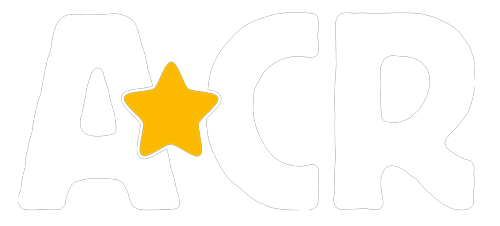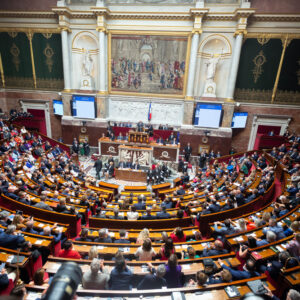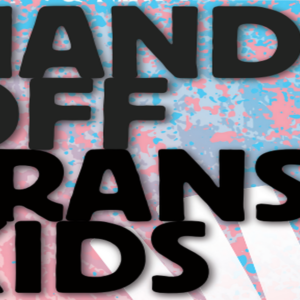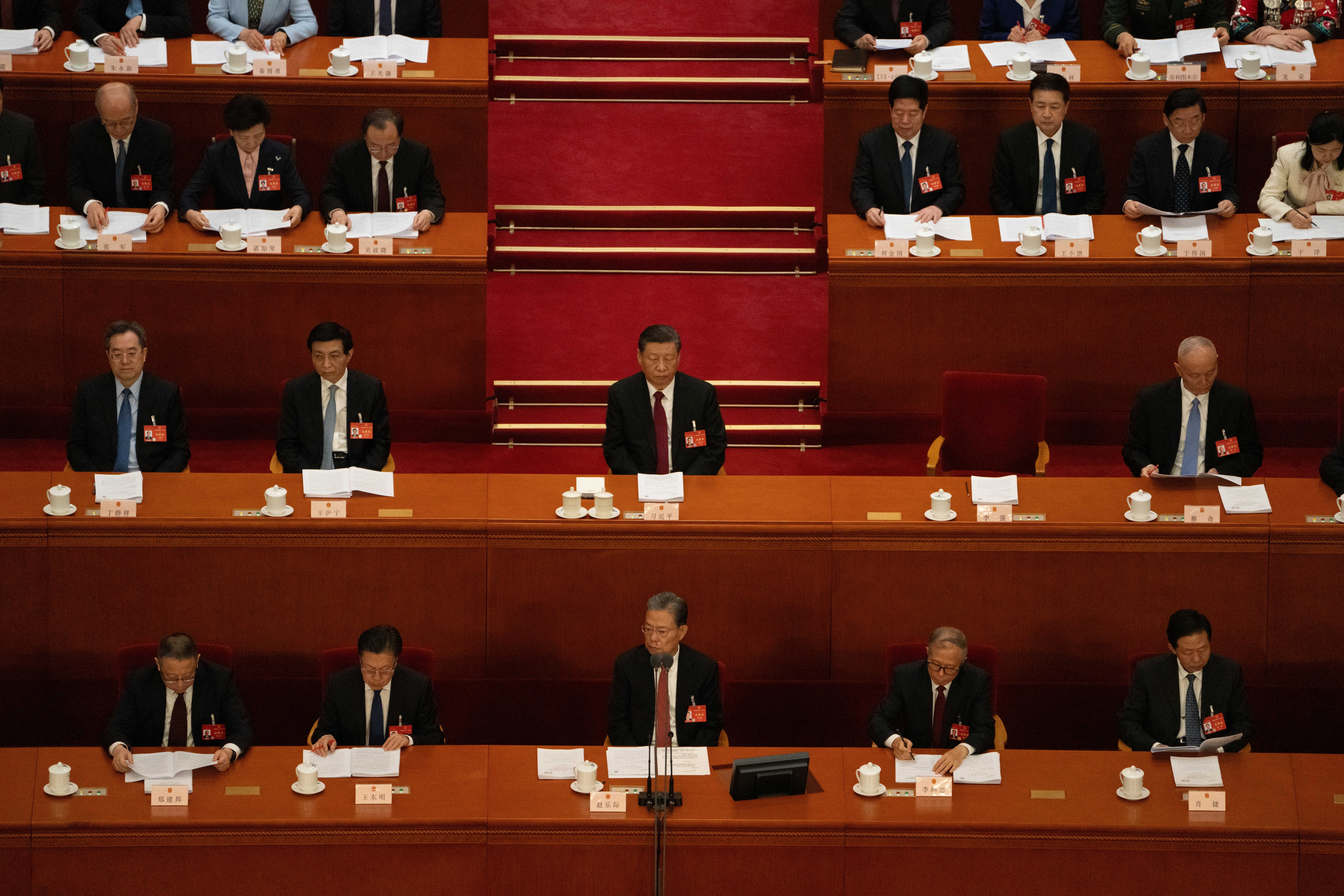The Chinese regime considers Weiwei and his art such a threat that it demolished his Left Right studio in Beijing in 2018. He has turned this act of repression into art by displaying in this show the fragments of the porcelain sculptures destroyed at the time. He has turned them into one of his trademark large floor artworks that structure this exhibition. Collecting evidence of what the regime does is seen as very important for Weiwei. The state expends huge amounts of resources controlling what the Chinese people are allowed to see, either online or physically. The artist turns destruction into art.
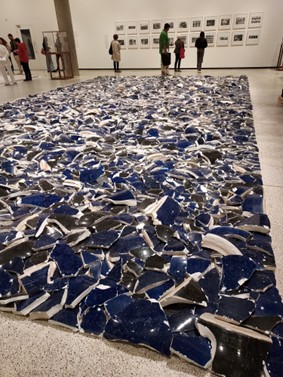
Looking at it, you associate the white porcelain with human bones and broken lives. There is a terrible, stark beauty about the expanse of materials with its shiny black, blue, and white patterns, irrespective of any references to anything else. Elsewhere, he has actually made porcelain replicas of human bones excavated from a 1950s labour camp.
He got into trouble with the Chinese authorities in 2008 when he denounced the shoddy construction of schools that led to the needless deaths of many schoolchildren during the Sichuan earthquake. In this show, he has created a snake made of children’s backpacks.
Unlike some artists or dissidents fleeing repression from Stalinist or post-Stalinist societies, he has not uncritically embraced the wonders of Western neo-liberalism. He made a magnificent film about refugees called Human Flow, which is available online here. So opposite the snake, remembering the earthquake victims, he has constructed another enormous snake made of refugee lifejackets.

Another exhibit shows that Weiwei is well aware of the realities of power in other parts of the world. He has produced a series of colourised photos showing sites of political or cultural power in Western societies. With his characteristic irony, he references the artistic technique of measuring perspective but subverts it. The outstretched hand becomes a scornful, obscene gesture, giving the middle finger to seats of power.
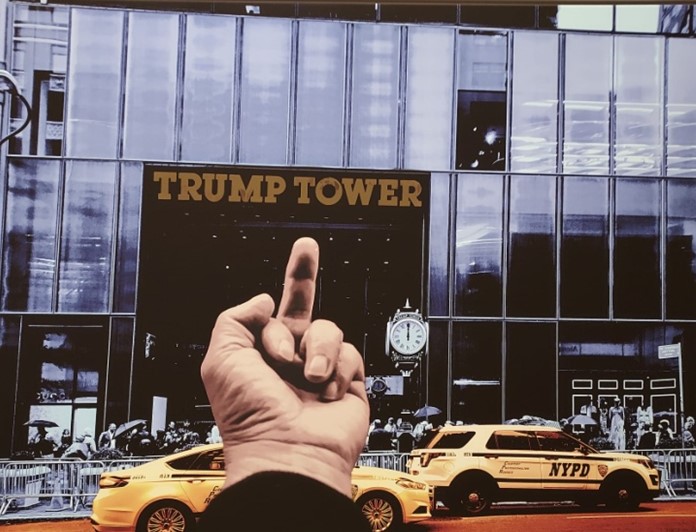

Weiwei has an acute ecological understanding of the world. He has witnessed the extraordinary modernisation of Chinese society. He even participated in the design of the beautiful Bird’s Nest Olympic Stadium. Often, historic buildings and neighbourhoods have just been built over without much effort to conserve or respect earlier architecture or artefacts. Weiwei has become an avid collector of historic materials and whole buildings; an ancient wooden structure has been installed in the foyer of the design museum. The artist wants us to reflect on the everyday objects around us; he says ‘they carry a lot of our understanding about who we are’. Weiwei wants us to think about how and what we produce and highlights the dangers of throwaway culture. We can see a toilet roll made of marble or an imitation iPhone made of jade. He regrets the fact that, despite all our progress, we have lost the ability to make some of the jade knives that he has collected.
Mass production existed in China before the arrival of capitalist industry. Another rectangular floor display is made up of 250,000 porcelain spouts from teapots and wine ewers, crafted by hand during the Song dynasty (960–1279 CE). If a pot was not perfect when it was made, the spout was broken off. The quantity we see here in the show gives us an idea of the scale of porcelain production over a thousand years ago in China. Clearly, Weiwei is also commenting on freedom of speech; all these spouts or mouths have been removed, symbolising how free speech is gagged in China (and elsewhere!) today.
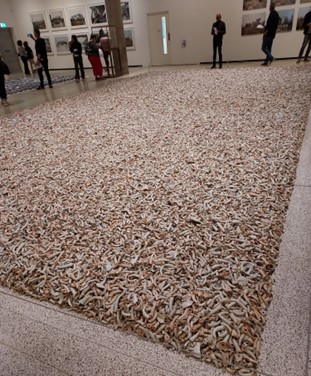
Like the great Renaissance artists, Weiwei has a whole team of collaborators who help him produce his installations. He sees his art as part of a social process and wants to involve the visitor in more interactive ways. You can pick up a sheet of paper called the Making Sense Chatterbox, which is set up like an origami exercise; you might have made one at school where you make a paper cube that has questions written on various sides as you open it in different ways. He calls it a two-player game for all ages. Questions are set up like: Which object on display best describes you and why? What skills have you forgotten that you learnt when you were younger? Is there an object in your life that is useless but valuable? Why does it matter to you?
My favourite was: Think of a question you are inspired to ask by this exhibition and ask it without using your voice. Not bad advice for a reviewer!

The exhibition continues through July 30. All photos by the reviewer.
Art (47) Book Review (102) Books (106) Capitalism (64) China (74) Climate Emergency (97) Conservative Government (90) Conservative Party (45) COVID-19 (43) Economics (36) EcoSocialism (48) Elections (75) Europe (44) Fascism (52) Film (47) Film Review (60) France (66) Gaza (52) Imperialism (95) Israel (103) Italy (42) Keir Starmer (49) Labour Party (108) Long Read (38) Marxism (45) Palestine (133) pandemic (78) Protest (137) Russia (322) Solidarity (123) Statement (44) Trade Unionism (132) Ukraine (324) United States of America (120) War (349)
Latest Articles
- France after the elections: How should the radical left act?In the wake of the National Assembly’s dissolution and new parliamentary configuration, La France Insoumise (LFI) should adopt a clear stance of radical opposition, emphasizing its commitment to anticapitalist principles and democratic reforms while avoiding any compromise with the existing government unless it secures absolute majority support from the populace, argues Gilbert Achcar.
- Why Socialists Oppose the Two‑Child Welfare CapIn this article, Simon Hannah explores why socialists vehemently oppose the government’s two-child welfare cap, arguing that it stems from austerity measures and reactionary views on the poor.
- Hands off Trans KidsA pamphlet from Anti*Capitalist Resistance.
- Two Child Benefit RevoltDave Kellaway responds to the revolt by Labour MPs and others to the Labour government keeping the Tories’ hated two child benefit cap.
- The beginning of the end of China’s rise?This is the second interview in a two-part series. The first interview (“Opposing US militarisation in the Asia-Pacific should not mean remaining silent on China’s emerging imperialism“) covered the nature of China’s state, its status in the world today, and implications for peace and solidarity activism.

